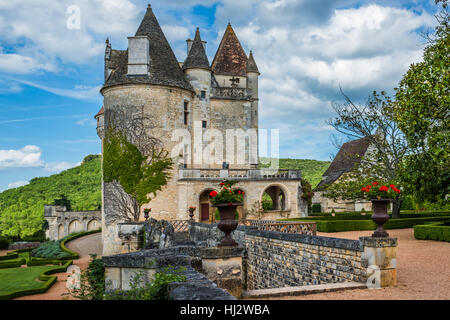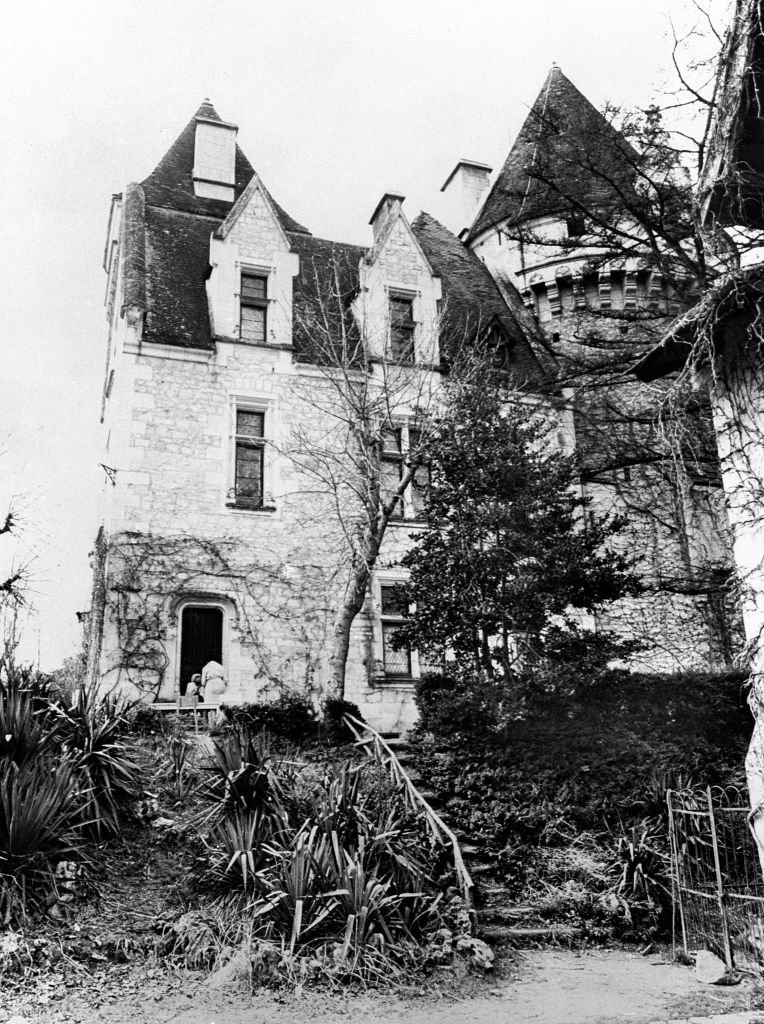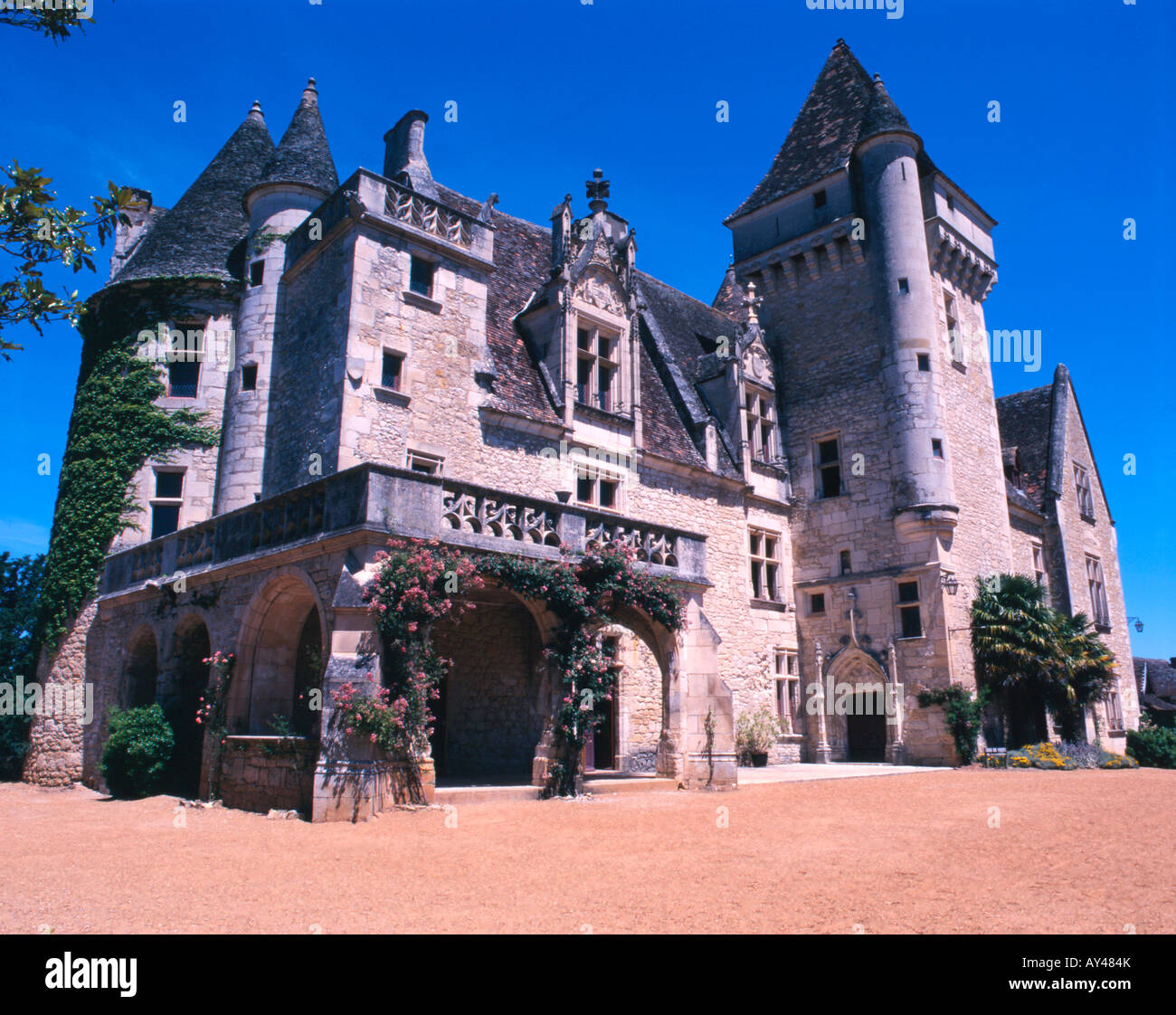

She wanted us to know she missed us.”Īlas, Baker’s idealism was no match for her extravagance.

“It could be three or four in the morning. “When she came back from a show, she would always wake all of us up,” says Jarry Bouillon-Baker, one of her adopted sons. Her Rainbow Tribe, as she called it, eventually numbered ten boys and two girls. The couple’s first adoptee was a Japanese boy whom Baker met while on tour. In the spirit of the United Nations and “The Family of Man” exhibition-internationalist symbols of the age-Baker wanted to prove that people from anywhere could live together in what she dubbed her Village du Monde. In 1953 Baker and her fourth husband, French orchestra leader Jo Bouillon, decided to adopt poor children of various races and religions. Guests could stay in a luxurious hotel, La Chartreuse des Milandes, and, after enjoying a show in Baker’s theater, could revel into the wee hours at her nightclub-all on the grounds of the estate. In the early fifties more than 300,000 tourists visited each summer. To keep things running, she employed a staff of 120. Outside was a J-shaped swimming pool, an experimental farm, and a simulated African village with conical straw huts. In 1947, when she was 41, she used her fortune to buy the Château des Milandes and began transforming it into a magic kingdom, a virtual theme park with herself as the main attraction.īaker commissioned a shrine, which she named the Jorama, replete with wax figurines re-creating scenes from her eventful life. Baker emerged from the war a hero, only adding to her fame. The castle nonetheless proved a convenient hiding place for both Jewish refugees and weapons for the Resistance.
Josephine baker chateau dordogne free#
Initially she rented the property but during World War II was seldom there, as she devoted herself to raising money for De Gaulle’s Free French forces and operating as a spy during her travels. When Baker first drove through the iron gates of the château, it was boarded up and semi-inhabited. “She was like Marie Antoinette at Versailles,” says Jean-Claude Baker, who was taken under her wing at the age of 14 and later coauthored the 1993 biography Josephine: The Hungry Heart. For Baker the real reward was the Château des Milandes, her home from 1937 to 1969. Forget the adulation that came with her celebrity, however.
Josephine baker chateau dordogne movie#
Music seems to pour from her body.”īy the thirties Baker, nicknamed the Black Pearl, was a chanteuse, a movie star, and the highest-paid performer in Europe. Describing her act, the French critic Pierre de Régnier wrote, “She is in constant motion, her body writhing like a snake or more precisely like a dipping saxophone. But it was her performances in Paris at the age of 19, when she appeared in La Revue Nègre as an exotic “sauvage”-topless and barefoot, dressed only in a skirt of feathers (the banana skirt came later)-that transformed Baker into a sensation. Today it houses a museum dedicated to her life and career, a monument to one of the 20th century’s most revered entertainers.īorn in 1906, Baker made her name as a vaudeville cutup and dancer at the Plantation Club in Harlem. Louis slums, owning this Sleeping Beauty castle, as Baker called it, was the fulfillment of a dream.

Built in 1489, the 24-room mansion features stained-glass windows, an ivy-covered turret, gargoyles, vaulted ceilings, mammoth fireplaces, and a grand circular staircase of stone. Perched on a craggy hill in France’s Aquitaine region, overlooking the Dordogne River, the place is everything one would imagine a Renaissance castle to be.

It’s easy to see why Josephine Baker lost her heart and ultimately much of her life savings to the Château des Milandes. Fashion journalist and local Fiamma Sanò offers advice for shopping and.


 0 kommentar(er)
0 kommentar(er)
